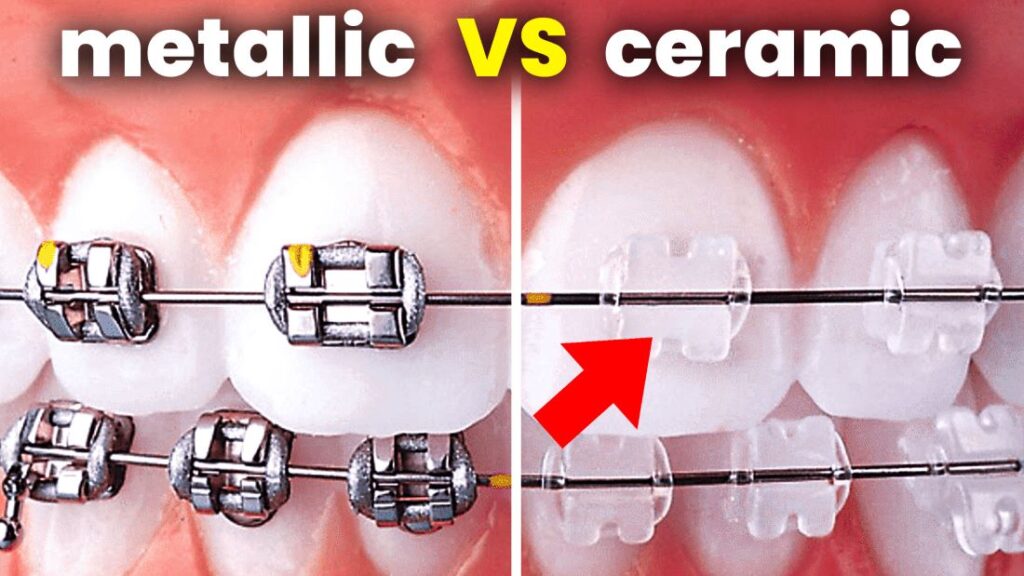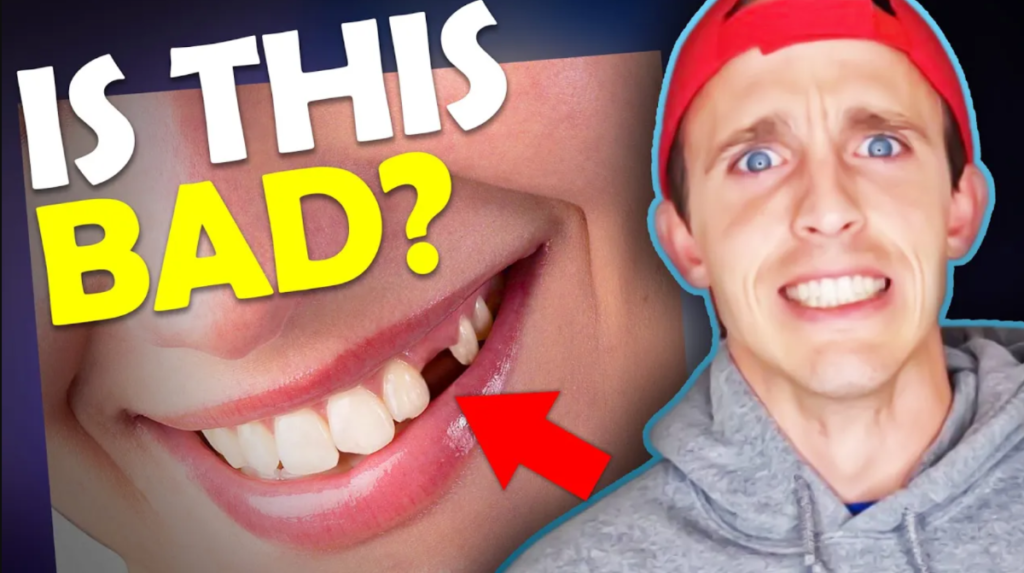Ceramic vs. Metal Braces: Making the Right Choice for Your Smile
April 17th, 2024

Choosing the right type of braces is a crucial decision that can affect not only your orthodontic treatment but also your confidence and comfort. At Packard Family Orthodontics, serving both McKinney and Anna, Texas, we understand the importance of personalized orthodontic solutions. Here, we delve into the differences between ceramic and metal braces to help you make an informed decision about which is right for you.
Understanding Ceramic Braces
Ceramic braces offer a less visible alternative to traditional metal braces. Made from composite materials, they are designed to blend in with your natural tooth color. This makes them a popular choice for adults and teens who are conscious about the appearance of braces during orthodontic treatment.
Advantages of Ceramic Braces:
- Aesthetic Appeal: Ceramic braces are less noticeable than metal braces, providing an aesthetic benefit for those who are self-conscious about wearing braces.
- Comfort: Many patients find ceramic braces to be more comfortable because they are smoother and less likely to irritate the inside of the mouth.
Considerations:
- Durability: While strong, ceramic braces can be more brittle than their metal counterparts. They require careful handling to avoid breakage.
- Cost: Typically, ceramic braces are more expensive than metal braces, reflecting their advanced cosmetic design.
Understanding Metal Braces
Metal braces are the traditional choice and have been used in orthodontics for decades. They are known for their strength and durability, making them an excellent option for a wide range of orthodontic issues.
Advantages of Metal Braces:
- Durability: Metal braces are robust and less likely to break or chip compared to ceramic braces.
- Efficiency: These braces often provide quicker results in complex cases, as they can handle more pressure and more significant adjustments.
Considerations:
- Visibility: Metal braces are more noticeable than ceramic braces, which might be a concern for image-conscious patients.
- Discomfort: Initially, metal braces might cause more irritation to the gums and cheeks.
Making the Right Choice
The choice between ceramic and metal braces ultimately depends on several factors, including aesthetic preference, the complexity of the orthodontic treatment needed, and budget considerations. An orthodontist can provide detailed advice based on your specific dental needs and personal preferences.
Both ceramic and metal braces have their advantages, and either option can be the right choice depending on your unique situation. It's important to consider both the aesthetic and functional aspects of each type before making a decision.
Final Thoughts
Whether you're leaning towards the discreet appearance of ceramic braces or the durable functionality of metal braces, the decision requires careful consideration of both your lifestyle needs and orthodontic goals. Consulting with an orthodontist can help clarify which type of braces will be most effective for achieving the smile you desire. Make sure to weigh the pros and cons of each option to ensure that your final choice aligns with your personal and aesthetic preferences. Book your consultation with Dr. Packard here!





